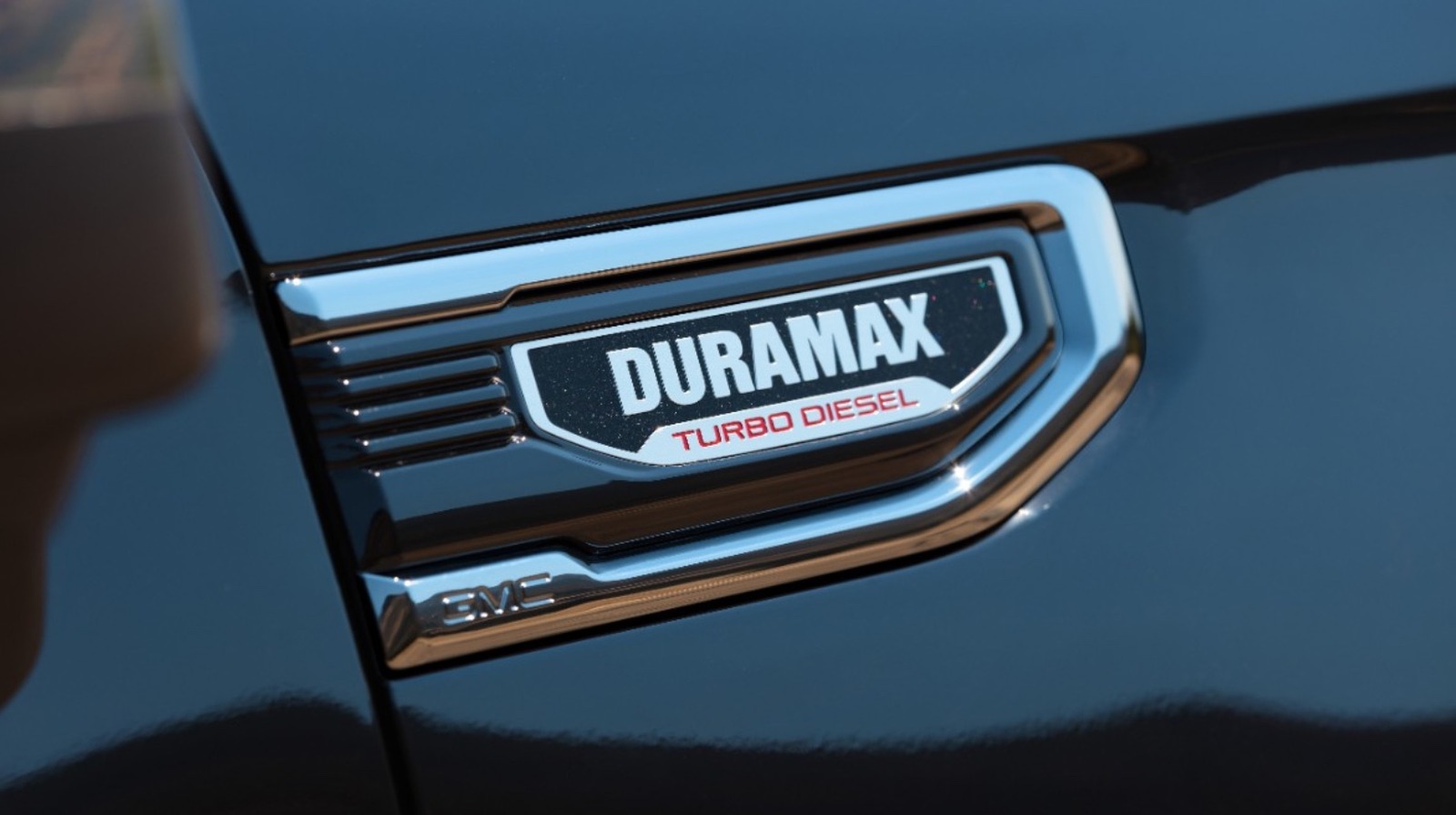Despite resembling the 2004-2005 LLY generation Duramax in terms of its overall design and construction, the LBZ is a significantly improved engine. Strength was never really an issue for previous Duramax engines, but as horsepower and torque figures continued to climb, GM fortified the LBZ to better handle extreme forces. The engine block was fortified using a thicker casting with additional main bearing webbing and improved cylinder bore strength. GM also beefed up other crucial internals, including new and improved forged steel connecting rods.
The fuel system was another critical aspect of improvement, with the LBZ receiving multiple new fuel system components. While the common-rail fuel system and high-pressure fuel injectors were a source of issue for the older LLY engine, the system was overhauled for the LBZ. GM increased the maximum fuel pressure from 23,000 psi to over 26,000 psi and updated the Bosch fuel injectors to a more efficient 7-hole design.
GM also made some important revisions to the turbo arrangement to improve reliability and efficiency. The LBZ received revised low-compression pistons, which decreased the chances of engine-damaging detonation events and increased reliability overall. GM also revised the LBZ’s turbo inlet manifold to a more free-flowing design, decreasing exhaust gas temperatures and delivering better turbo responsiveness. To tie it all together, GM introduced a new 32-bit E35 engine control module, which more effectively managed fuel flow and turbo parameters.
As a result of all of the upgrades compared to the previous generation LLY Duramax, the 2006 LBZ Duramax was the most reliable, efficient, and best-performing turbo diesel engine that GM created to that point.







